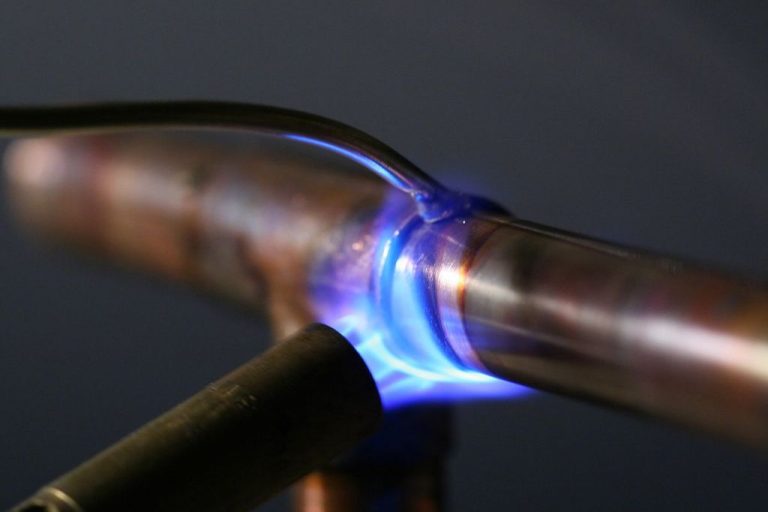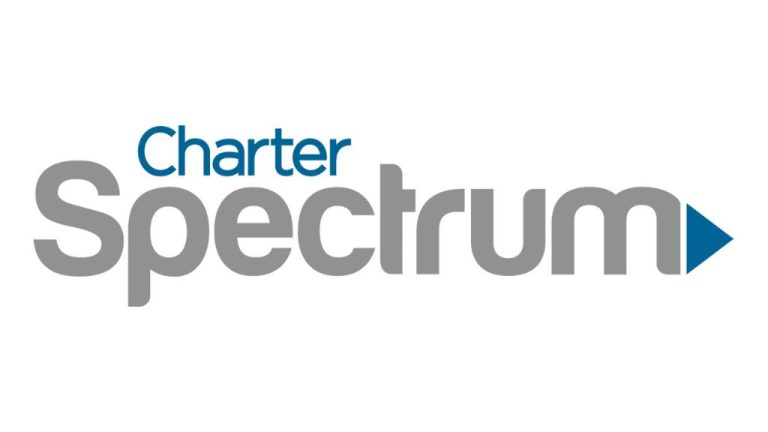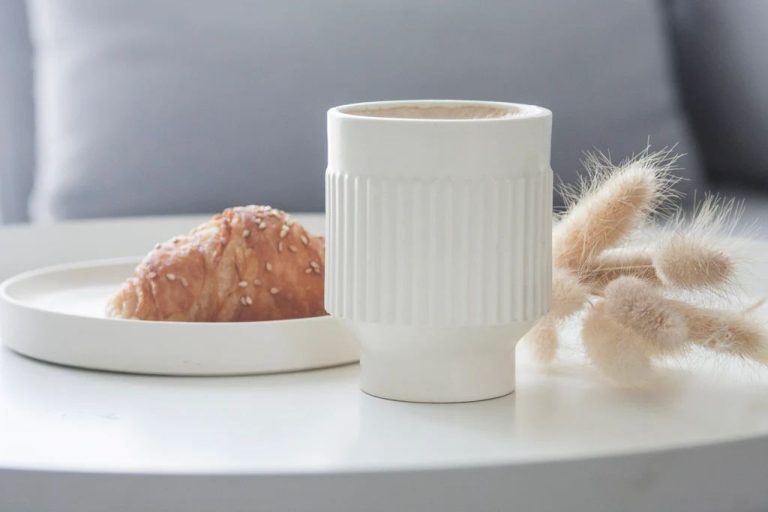What Can I Use Instead Of Mini Loaf Pans?
Mini loaf pans are small loaf-shaped baking pans that are commonly used to bake small loaves of quick breads, cakes, and other baked goods. They typically come in sets of 4 or 6 mini loaf pans that are around 5 by 3 inches in size. The small size results in a higher ratio of crust to interior crumb, providing lots of delicious crusty edges to enjoy. The individual portioned loaves are convenient to bake and serve, making them popular options for gifting and entertaining. While mini loaf pans are readily available and commonly used for baking, not everyone has them on hand. However, with some clever substitutions, you can still bake up delicious mini loaves even without the specialty loaf pans.
Muffin Tins
Standard muffin tins work well as substitutes for mini loaf pans. The indentations in muffin tins are similar in size and shape to mini loaf pans, so you can bake individual mini loaves using the muffin cups (source: https://food52.com/hotline/7855-can-i-take-a-muffin-recipe-and-instead-of-baking-in-muffin-cups-bake-in-mini-loaf-pans).
The main advantage of using muffin tins is that they are readily available in most kitchens. Muffin tins can be purchased very inexpensively at grocery and home goods stores. Additionally, the small size of the muffin indentations allows you to easily make miniature versions of loaf recipes.
A potential downside is that muffin tins may not give the loaf shape that a true mini loaf pan provides. The rounded muffin cups will cause the mini loaves to dome more than baking in a rectangular loaf pan. You may also need to adjust baking times, temperatures, and batter amounts to account for the different pan size and material.
Ramekins
Ceramic ramekins make a great substitute for mini loaf pans. Ramekins come in a variety of sizes, from small 1-2 ounce cups perfect for individual servings, to larger 8-12 ounce ramekins suitable for mini loaf breads (Faye’s Food). The small, rounded shape of ramekins produces a nice domed top and crusty boule shape when baking bread. Ramekins can be used for sweet breads like banana bread or pumpkin bread, as well as savory breads like herb focaccia or cheese bread. Make sure to watch closely when baking so the edges don’t get too dark. If needed, tent foil over the tops. The ceramic material will produce a nice crispy crust.
Aluminum Foil
Aluminum foil is a versatile option that can be molded into different shapes and sizes. The foil can be shaped and folded into a loaf pan form. This allows you to create the size and shape you need for your recipe.
One advantage of using aluminum foil is its flexibility – you can form any size loaf pan needed. It’s also an inexpensive option if you don’t want to buy specific pans. Aluminum foil provides a nonstick surface for easy release of breads. It can go directly in the oven so there are no additional dishes to wash.
However, aluminum foil pans may not hold their shape as well during baking. The foil can also react with acidic or alkaline ingredients in a recipe. This can cause pitting or small holes if the recipe isn’t compatible. Baked goods may also end up with a metallic taste if the foil is too thin. Sturdier heavy-duty foil minimizes this effect.
When lining a pan with foil, make sure the foil extends over the edges of the pan for easy lifting. Lightly grease the foil even if it’s nonstick. This will help prevent sticking. Poke a few holes in the bottom if the foil sits in another pan to allow airflow and promote even baking.[1]
[1] “Baking bread in disposable aluminum loaf pans.” The Fresh Loaf, https://www.thefreshloaf.com/node/70356/baking-bread-disposable-aluminum-loaf-pans. Accessed [today’s date].
Silicone Molds
Flexible silicone pans are available in mini loaf shapes and are a convenient reusable alternative to traditional mini loaf pans. Silicone is known for being extremely flexible and easy to work with. It’s a great option if you want to create mini loaves, breads, cakes, or meatloaves without having to purchase single-use aluminum pans.
Brands like Wilton, AmazonBasics, and OYSI make silicone mini loaf molds in a variety of sizes and shapes. They are durable, withstand oven temperatures up to 428°F, and can simply be popped out of the mold once cooled for easy release. Silicone molds are also generally dishwasher and freezer safe. Just be sure to lightly coat them with oil or nonstick spray before baking.
The flexibility of silicone allows you to get very creative with shaping and molding dough. It’s easy to fold over fillings and create fun patterns on top of breads. The nonstick surface provides effortless release with minimal cleanup. For home bakers looking for an inexpensive and reusable mini loaf pan alternative, silicone molds are a smart solution.
Mason Jars
Mason jars are a popular option for baking mini loaves. Wide-mouth quart size jars work well, but you can use smaller jars for single-serving loaves. Make sure to grease the inside of the jars before adding your batter.
Mini loaves can be baked directly in mason jars. The glass helps conduct heat evenly and gives the mini loaves a nice round shape.
Mason jars come in a variety of sizes like 4 oz, 8 oz, 12 oz, 16 oz, quart, and half-gallon. You can select the size based on the portion you want to make. The wider jars work best since they provide enough room for the bread to rise properly.
When baking mini loaves in jars, it’s important not to fill them more than 2/3 full to allow room for rising. And always remove the metal lids before baking. The bread may sink a bit after cooling but still retains a nice rounded top.
Here are some tips when using mason jars:
- Grease the inside of the jars
- Don’t overfill the batter
- Remove lids before baking
- Allow to cool before removing from jar
Mason jars create a unique presentation for mini banana breads, bread puddings, and mug cakes. They make great gifts too when paired with homemade jams or sauces.
Custard Cups
Small oven-safe custard cups are another handy substitute for mini loaf pans. Custard cups, typically made of ceramic or glass, come in a variety of sizes including 4-6 oz capacity options that work well. According to What About This, custard cups can bake individual servings of quiches, stratas, bread puddings, and muffins. For example, you can fill custard cups with chopped bread, beaten eggs, milk, cheese, and any other add-ins to make single-serving breakfast bakes. Custard cups should be greased before filling to prevent sticking. Bake custard cups on a baking sheet at 350°F for 20-30 minutes until set. The Bread Monk recommends trying individual French toast bakes made with milk-soaked bread baked in custard cups for a sweet breakfast treat.
Free-Form Shaping
For ultimate flexibility, you can shape your dough into loaves or other shapes by hand directly onto baking sheets. This technique allows you to create any shape of loaf you’d like without being constrained by a pan. While it takes some practice to get the shaping and transferring down, hand-shaping loaves allows for lots of creativity. Here are some tips:
- Use a floured work surface to prevent sticking. Shape dough gently without over-kneading.
- Aim for a smooth, taut outer surface on the shaped dough. This will help the bread rise evenly.
- Let shaped loaves proof on parchment paper or a floured tea towel before transferring to a sheet pan.
- Slash tops with a serrated knife just before baking for an artisanal look.
- Try round boule shapes, oblong batards, baguettes, braids, and more!
Free-form shaping takes some practice but allows complete freedom and creativity when baking up a batch of mini bread loaves.
Tips and Variations
When using alternatives to mini loaf pans, you may need to adjust the recipe slightly:
- Muffin tins, ramekins, and silicone molds will require shorter bake times since the batter is distributed into smaller portions.
- Free-form loaves baked on a sheet pan may require 5-10 extra minutes to ensure the interior is fully cooked.
- Adjust oven temperature down 25 degrees F if using glass or dark metal pans which retain more heat.
- Add 5-10 extra minutes of baking time if using an improvised foil pan.
Feel free to get creative with shaping and flavors too:
- Make savory herb breads by adding rosemary, oregano, or basil to the batter.
- Swirl in pesto or sun-dried tomatoes for an Italian flair.
- Shape free-form loaves into rolls, braids, or round boules for artisan style.
- Bake cinnamon swirl bread in mason jars for perfect individual portions.
With some simple adjustments, you can bake delicious mini loaves, rolls, and breads without specialized pans. Focus on evenly baked interiors, and have fun with shapes and flavors!
Conclusion
Mini loaf pans are a convenient option for baking small loaf recipes, but they are not required. There are many readily available alternatives for baking loaf recipes without mini loaf pans. Muffin tins, ramekins, aluminum foil, silicone molds, mason jars, custard cups, and even free-form shaping can all be used to create perfectly baked mini loaves. The key is to adjust your ingredients and baking times to account for differences in size and material. With a little creativity, any home baker can find a way to make delicious mini loaf recipes, whether or not they have the specialty pans. Ultimately, mini loaf pans are simply a tool – the joy of home baking does not depend on having every piece of equipment. As long as you have the passion and some basic supplies, you can bake up amazing creations in all shapes and sizes.




